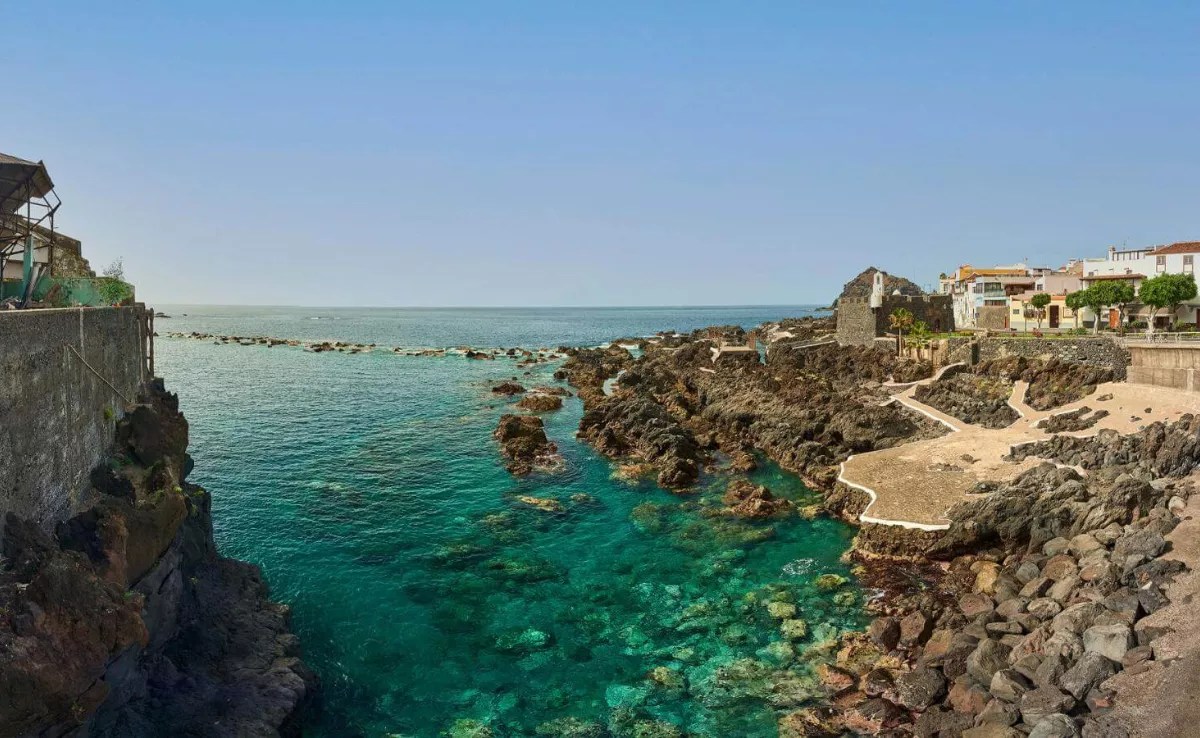Santa Cruz de Tenerife 24 Feb. (Europa Press) –
The Museum of Nature and Archaeology of Tenerife (MUNA) has launched a new exhibition area dedicated to Marine Biology, featuring the ‘Black Devil’, which was found close to the surface of the sea in the Guide of Isora.
The ‘Black Devil’ fish was received by the museum on January 26, courtesy of biologist and collaborator Marcín Solá, who discovered this species in the island’s waters, approximately one kilometre from the mouth of Barranco de Erques, nestled between the municipalities of Adeje and Guide of Isora.
Upon its arrival at the museum, specialists confirmed that the specimen belonged to the species ‘Melanocetus Johnsonii’, commonly referred to as the black devil.
The vice president and tourism counsellor of the Cabildo de Tenerife, Lope Afonso, who attended the unveiling at MUNA, remarked that “Tenerife’s biodiversity continues to astonish with an abyssal fish that is not typically found in these surface layers, but it highlights the presence of unusual species that are quite remarkable.”
With the support MUNA has given to this initiative, he added, “we provide schools and the broader community with the opportunity to appreciate a rare specimen, showcasing the wonder of our natural environment.”
Afonso further indicated that this new term seeks to “democratise” access to culture and to “enhance” the island’s museums, which are “national references” for the quality of their exhibits and facilities, exemplifying ambitions to retrieve the mummy of Erques or this marine species.
The Minister of Culture and Museums of Tenerife, José Carlos Acha, expressed gratitude to Biologist Marc Martín for the donation, noting “that will deepen our understanding of the oceans and specifically about this exceptionally rare specimen in marine fauna, enriching the collections of the centre.”
International Attention
He opined that it constitutes “a discovery that has drawn the interest of the international scientific community and the public at large, representing a new opportunity to promote the museum’s conservation efforts, as well as to bolster its collections.”
Acha reminded visitors that they can view the display during standard museum hours, Monday to Saturday, from 09:00 to 19:00, with Sundays and public holidays open from 10:00 to 17:00. Additionally, free admission is available on Saturdays from 16:00.
In light of the Carnival celebrations, MUNA will be closed on March 2, 3, 4, and 8, while on Sunday, March 9, the opening will be postponed to 11:00.
There is another notable instance of a surface sighting of an abyssal fish that was also housed in the Museum of Natural Sciences of Tenerife; it was discovered in 2017 by Sergio David Hernández aboard the Catamaran Bonadea II.
The fish, deceased, was found floating upside down with its belly exposed above the water and visibly swollen, with something still alive moving within its stomach.
MUNA specialists identified it as a ‘Cornudo flashlight fish’ (Oneirodes Eschrichtii), specifically a female measuring 21 centimetres in length, which contained a 36-centimetre long hill of depth (trachonurus sulcatus) within its stomach.
















